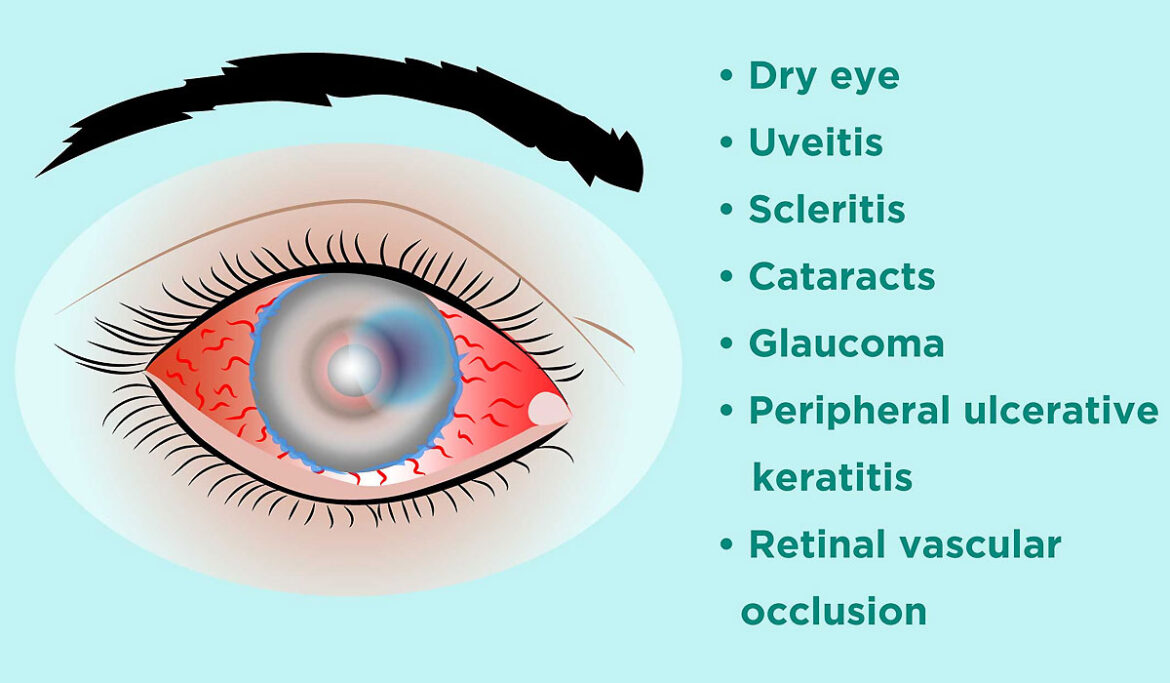Overview
Most of the people experience age-related vision changes when they grow older. These are such problems which cannot be simply ignored as this may result in the worsening of the problem. After a certain point of time, it may result in total vision loss. Therefore, it is extremely important that you should get a regular eye check-up done.
It is mandatory that you do proper amount eye care to stay protected from age-related vision problems or if there is any already, its progress should be slower. Even at the slightest symptom, you must visit your eye doctor.
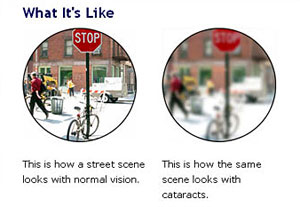
Vision Problems
Causes of Eye Diseases
Following are the causes:
- Diabetes
- Weakening/Loosening of eye muscles
- Dry eyes
- Watery eyes
- Excessive Smoking
- Age farsightedness
- Family History
- Obesity
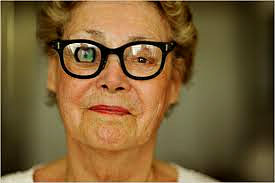
Symptoms of Eye Diseases
If any time, you experience of the symptoms, you must immediately see your eye doctor immediately :
- Flooding of spots and floaters in the vision
- A feeling of a dark curtain across your area of view
- Unexpected eye pain, redness, nausea or vomiting
- Slow or sudden narrowing of vision so that you can only vies things in front of you
- Slow loss of central vision or distortions
- Cloudy and blurred vision, or loss of bright color vision
- Trouble in viewing in around lights at night
- Blind spots in the field of eye vision
- Irritating feeling, pain in eye surface or tearing
- Double vision or ghost images
Common Age-related Eye diseases and Treatments:
Age-related Macular Degeneration (AMD)

Age-related Macular Degeneration
AMD is a condition linked with aging which leads to gradual destruction of sharp and central vision, necessary for seeing objects in a clear manner and for daily tasks like reading. Although there is no proven AMD treatment, but measures are taken to prevent quick progression of the condition. It focuses on stopping the fluid leakage from neovascularization through procedures like photocoagulation and macular translocation. Those who are facing severe problems, doctors can give specific treatments.
Cataract

Cataract
A cataract means clouding of the lens in the eye where the vision appears cloudy or blurred. In the case of early detection, one can be prescribed improvement with new eyeglasses, anti-glare sunglasses, brighter lighting, or magnifying lenses. But if the condition is severe, then surgery is the last resort, which involves removal of the cloudy lens and its replacement with an artificial lens.
Diabetic Eye Disease
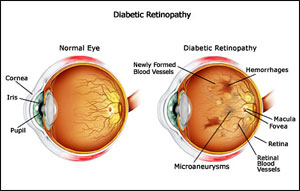
Diabetic Retinopathy
Diabetic eye disease is a condition where diabetes leads to vision loss or blindness. The most common type is diabetic retinopathy where there is damage to tiny blood vessels inside the retina. In the initial stage, one should try to control his blood sugar and blood pressure. While in the later stage, laser eye treatment is the only option.
Glaucoma

Glaucoma
Glaucoma is a bunch of diseases that damage the optic nerves of the eyes, resulting in vision loss and blindness. It is mainly linked with high pressure in the eyes, affecting side or peripheral vision. Glaucoma treatments try to reduce eye pressure with the use of eye drops or oral systemic drugs.
Dry Eye
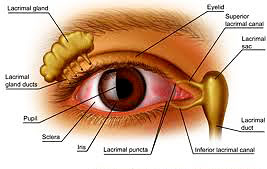
Dry Eye
Dry eye is a condition where the eyes do not produce tears properly or when the tears evaporate too quickly, causing problems in daily chores. Although there is no such dry eye treatment but your doctor can prescribe eye drops.
Low Vision
Low vision is a condition when even regular glasses, contact lenses, medicine or even surgery cannot help in hassle-free completion of daily tasks. Low vision treatment plans are inclusive of prescription of glasses, therapeutic filters, non-optical options, special optical systems, video magnification and prescription of rehabilitation therapy for efficient use of remaining visual capacity.
Smokers are up to four times more likely to go blind in old age
